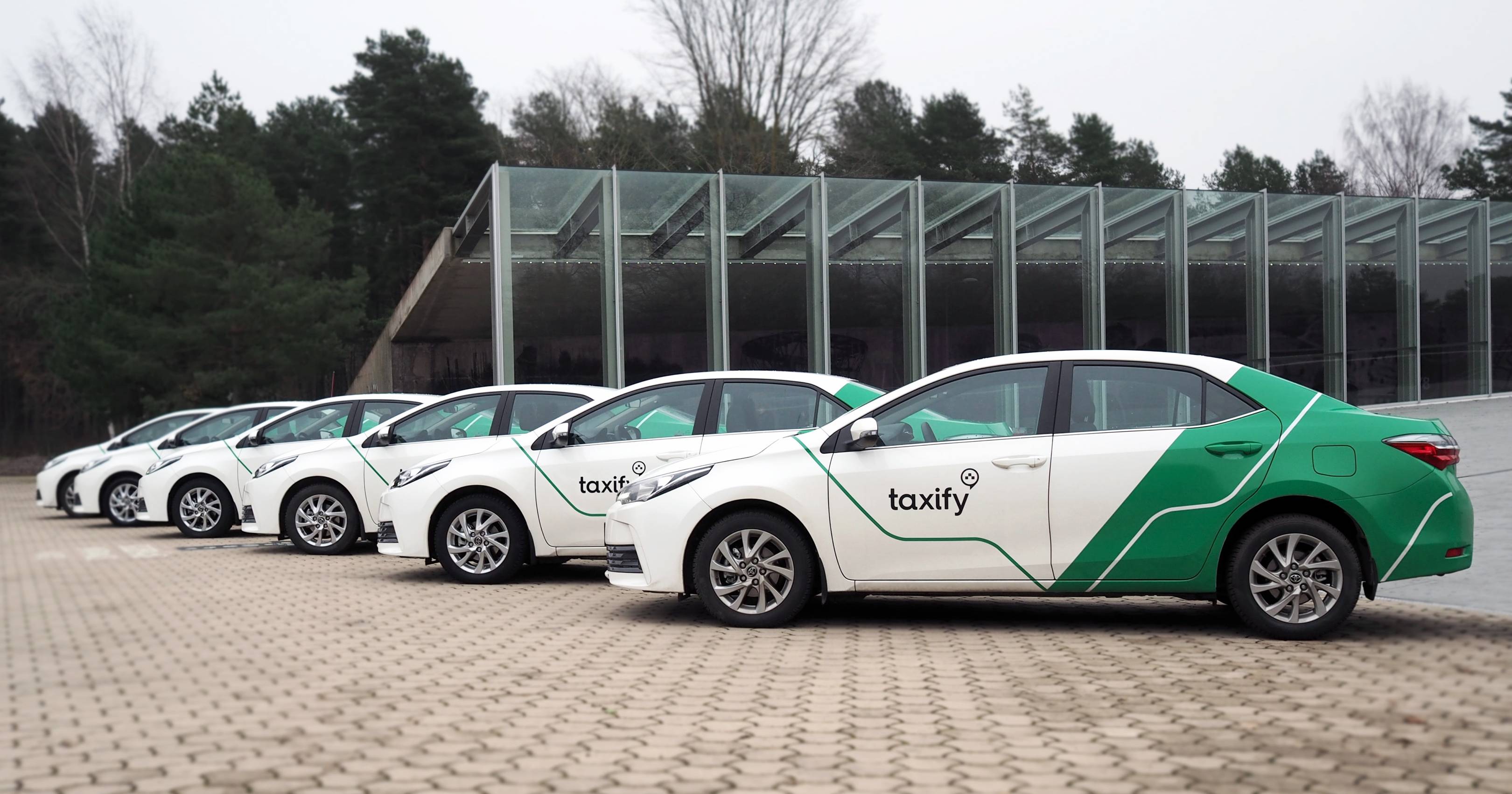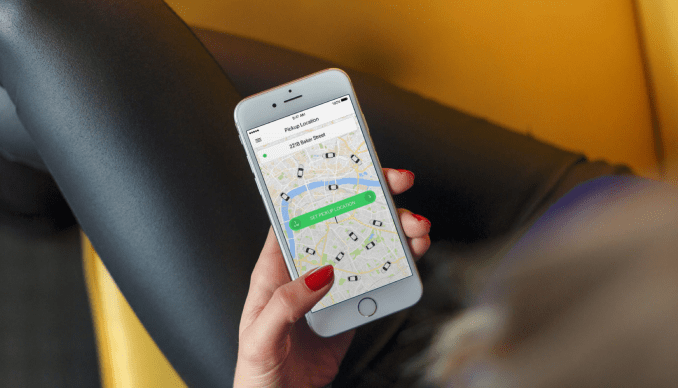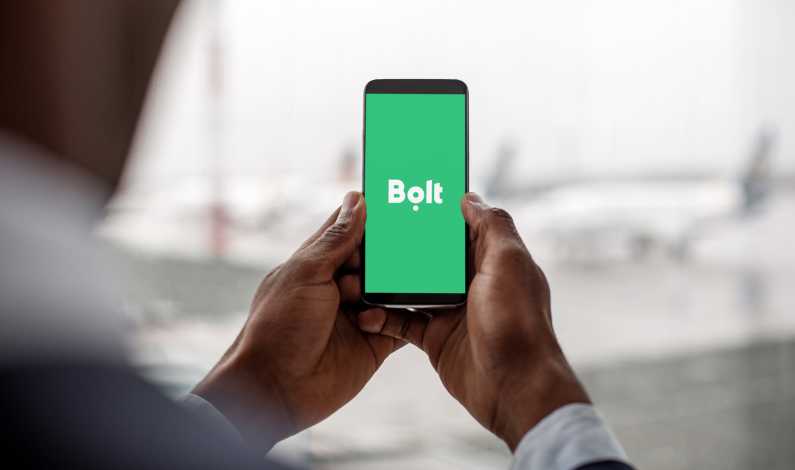
Taxify is making a key shift in its business as it removes “taxi” from its name and rebranding as Bolt.
The rebrand from Taxify to Bolt is serving a few purposes,
CEO and co-founder Markus Villig said. Tapping the basic meanings of “bolt”, the new name implies speed, as well as electricity.
“We are bullish that the future is fully electric and so we wanted a name that moved us away from the combustion engine,” he said.

Putting future engine technology to one side, the move away from using “taxi” in the name also underscores how the startup intends to widen its remit to cover more than just car-based rides. Cars may make up the vast majority of Bolt’s service today, but the plan is to add more scooters, other individual transport modes, and soon public transport links, he said, not unlike CityMapper’s multi-modal approach. “The old name was too restrictive.”
That could, confusingly, involve yet another brand. At the end of last year, Taxify rebranded its London app as “Hopp” and started to accept driver sign-ups, but no passengers. It’s not clear whether Hopp will also now rebrand as Bolt, or how it will get used, but at the moment I’m seeing Hopp branding across several areas of the new Bolt site.
To the ordinary passenger or driver, Bolt might look a lot like many other ride-hailing apps you might know such as Uber, but behind the scenes, the two have taken very different tracks when it comes to launching and growing services.

While Uber has pursued a strategy of global domination and (over the years) spending and launching aggressively to gain first-mover advantage in a number of markets, Bolt has done nearly the opposite. Villig — a 25 year-old who built the first Taxify app with his brother Martin when he was only 19 (he dropped out of university after six months to build the business) — is a firm believer in the fact that being a late entrant can be to a company’s advantage.
“Uber has burned most of its bridges in Europe by barging into cities and running as long as they could before getting shut down, and now it needs to recover from that.”
Bridges are not the only thing that Uber has burned. Villig believes that being a later entrant has also meant that Bolt has spent significantly less to educate the market and pick up new customers and drivers for its own private ride-hailing services.

“We are doing more than $1 billion (gross) in annual rides, which is more than five times the money we have raised. No one comes close to that, and we’re aiming to keep up that efficiency,” he said. “Right now, investors appreciate that there is a ride hailing company out there that is not burning $1 billion per year.” Bolt has raised around $185 million in total, with backers in addition to Daimler including China’s Didi, TransferWise’s Taavet Hinrikus, Korelya Capital and others.
“The industry is at the stage now where every market is unique, and you can’t simply transfer knowledge from one to the other. That means less cooperation with Didi,” he said.